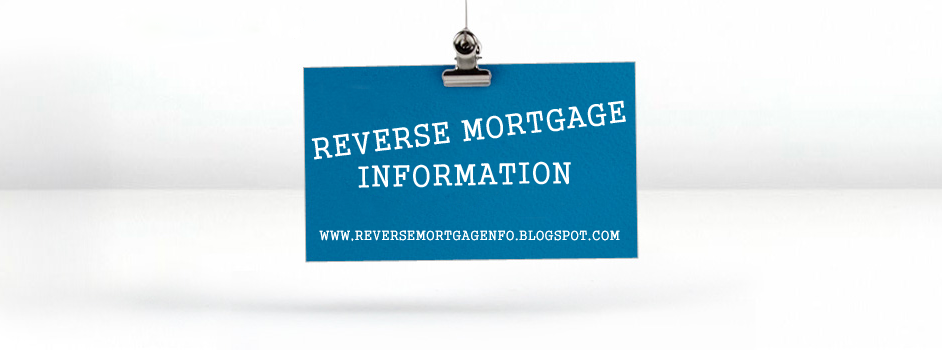 |
| Image Source: financeinfos.info |
Middle-aged people have much more difficult however defined economic needs. The senior bracket or people getting close to retirement have defined financial needs. Since many people in their retirement age have a specific concept of their needs, they are the individuals which are often targeted by bank and financial institutions to get loans or reverse mortgages.
A person at the point of pension age would probably be more interested regarding funds and price savings above anything else. And this is perfectly reasonable because leaving the labor force completely would mean ceasing to obtain a paycheck on a regular basis. A number of people, after evaluating and calculating their bank assets and savings would feel that their money may not be good enough to last them through their retirement period. That is precisely why mortgages and loans benefit from this demographic.
A type of mortgage that is designed specifically for the senior bracket is a reverse mortgage. It is only available for people 62 years and older. The reverse mortgage is a loan which is placed on the home equity. It is known as ‘reverse’ because it is not like normal mortgages when the property owner receives a lump sum and repays the loan provider for the debt. In this kind of mortgage, the financial institution releases money to the property owner for the life of the mortgage and the loan amount boost is directly proportional to the amount released.
The contract gets outdated when the property owner dies, sells the house or moves out. In this case, it would be safe to say that, in effect, the mortgage expires when the property is sold. If the homeowner die or choose to move out, the allotment from the lender stops when the aim to sell the house is expressed, otherwise, the release of cash to the customer will be continuous. In case of death, the beneficiaries will inherit the mortgage and the home, and they can choose to continue the allotment or settle the debt, that is if they plan to to move out.
After the property is purchased, part of the proceeds will be used to repay the home equity mortgage. If there is an excess, the homeowner can keep it, if the proceeds are not enough to settle the amount, the bank or the insurance provider of the bank with the loan will absorb the mortgage.
Before taking out a reverse mortgage, one must research carefully and consider its advantages and potential problems. This mortgage binds the home to the lender with no chance of reclaiming the property because as mentioned, selling the house is the only factor that would define the final outcome of the mortgage.
